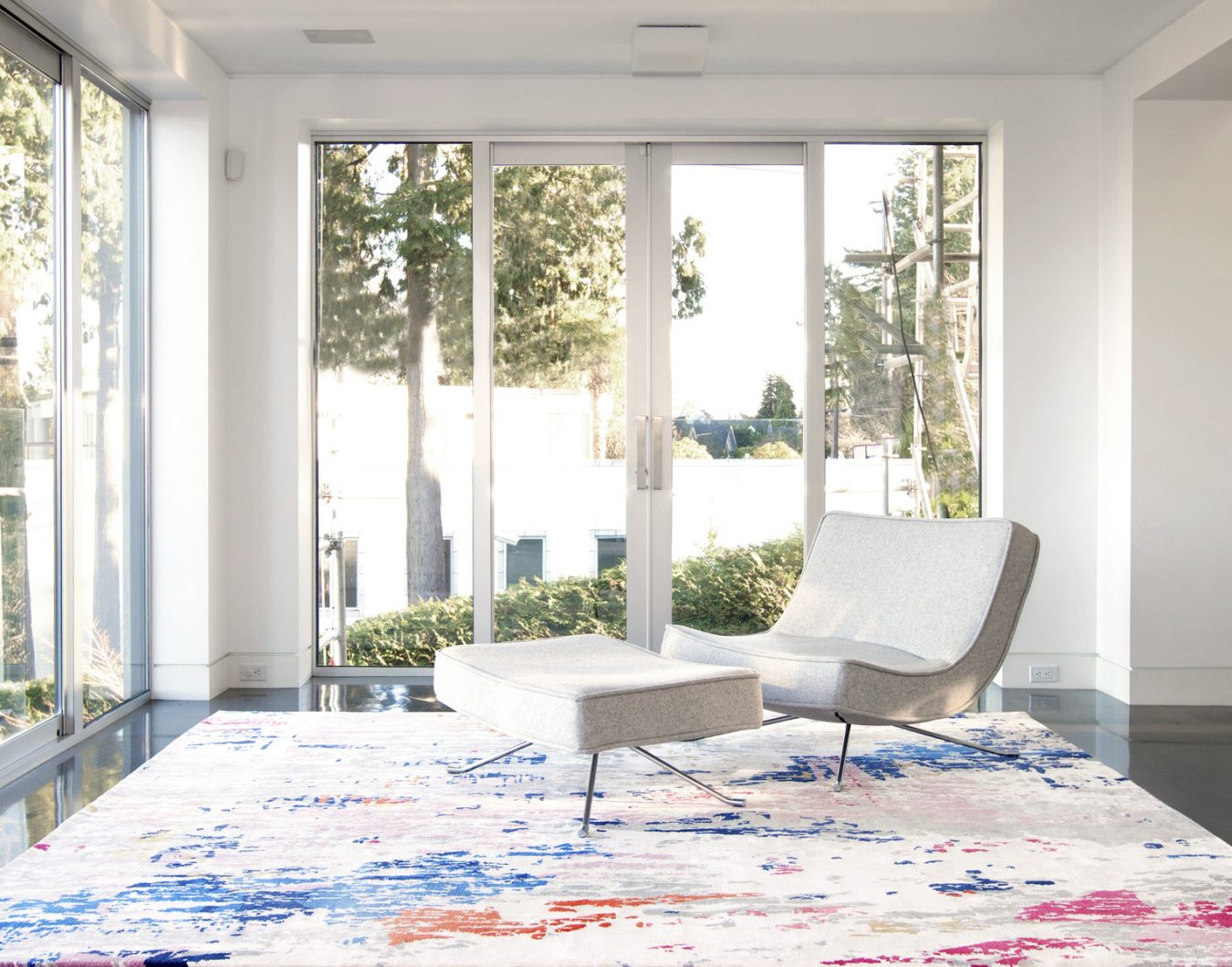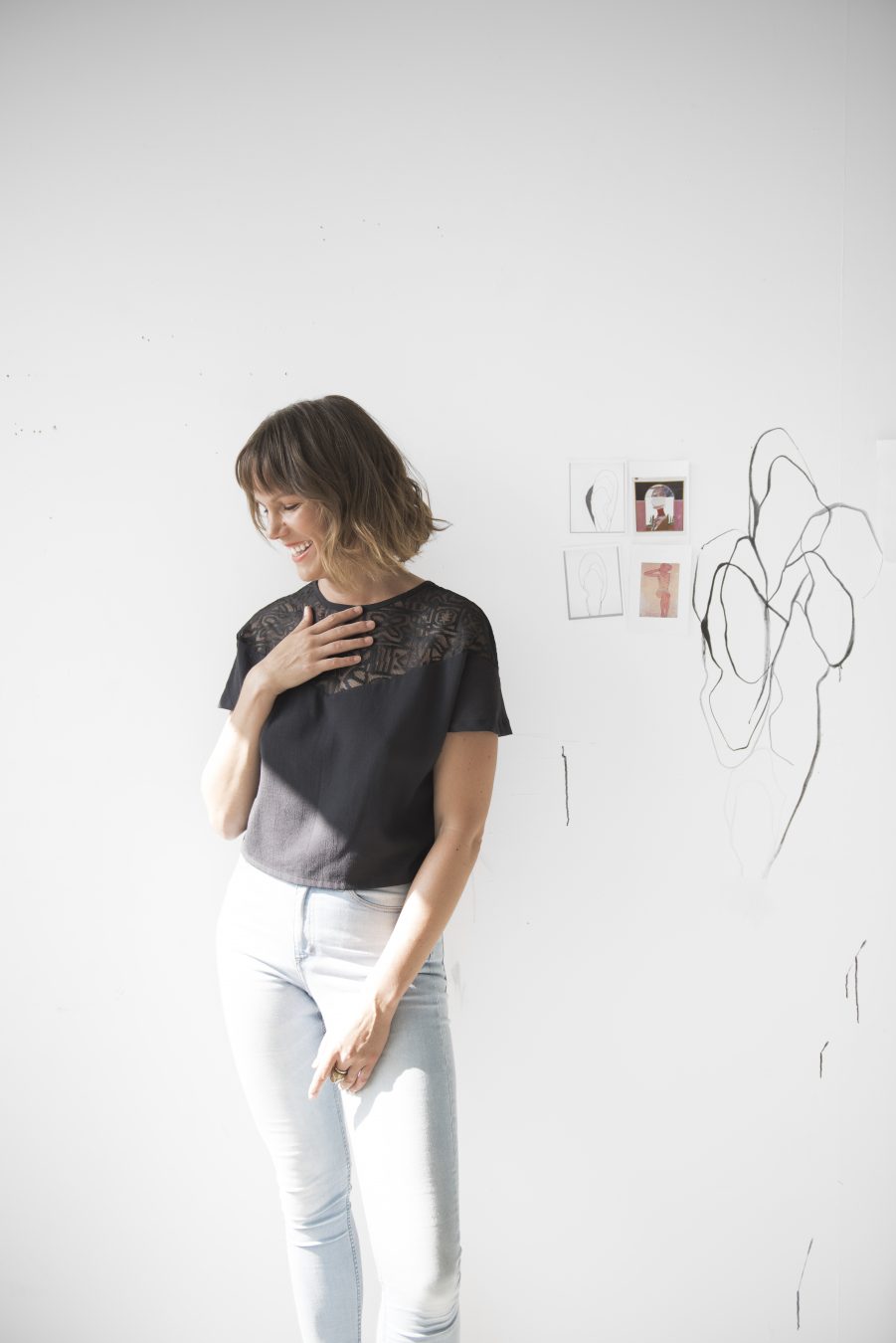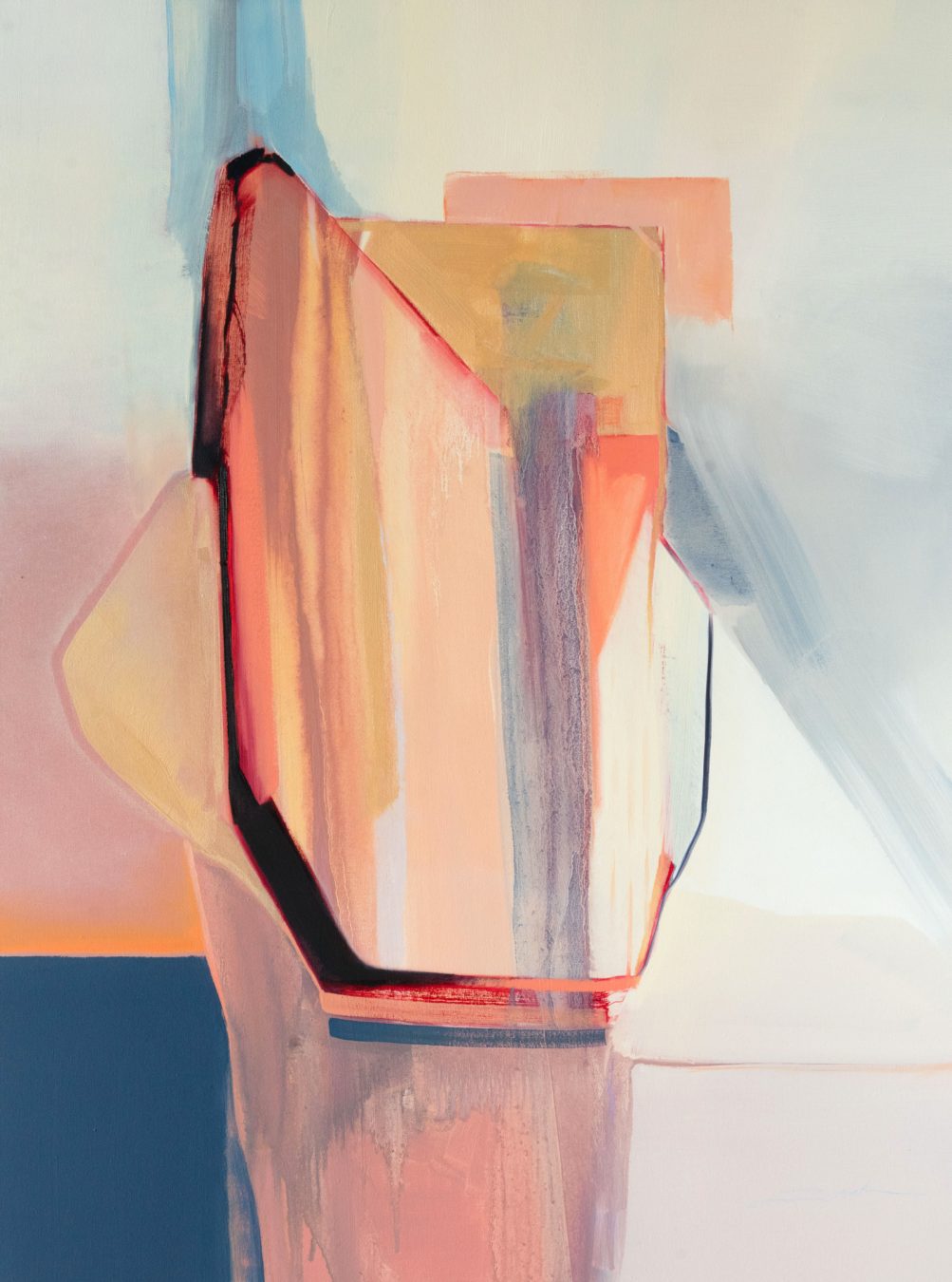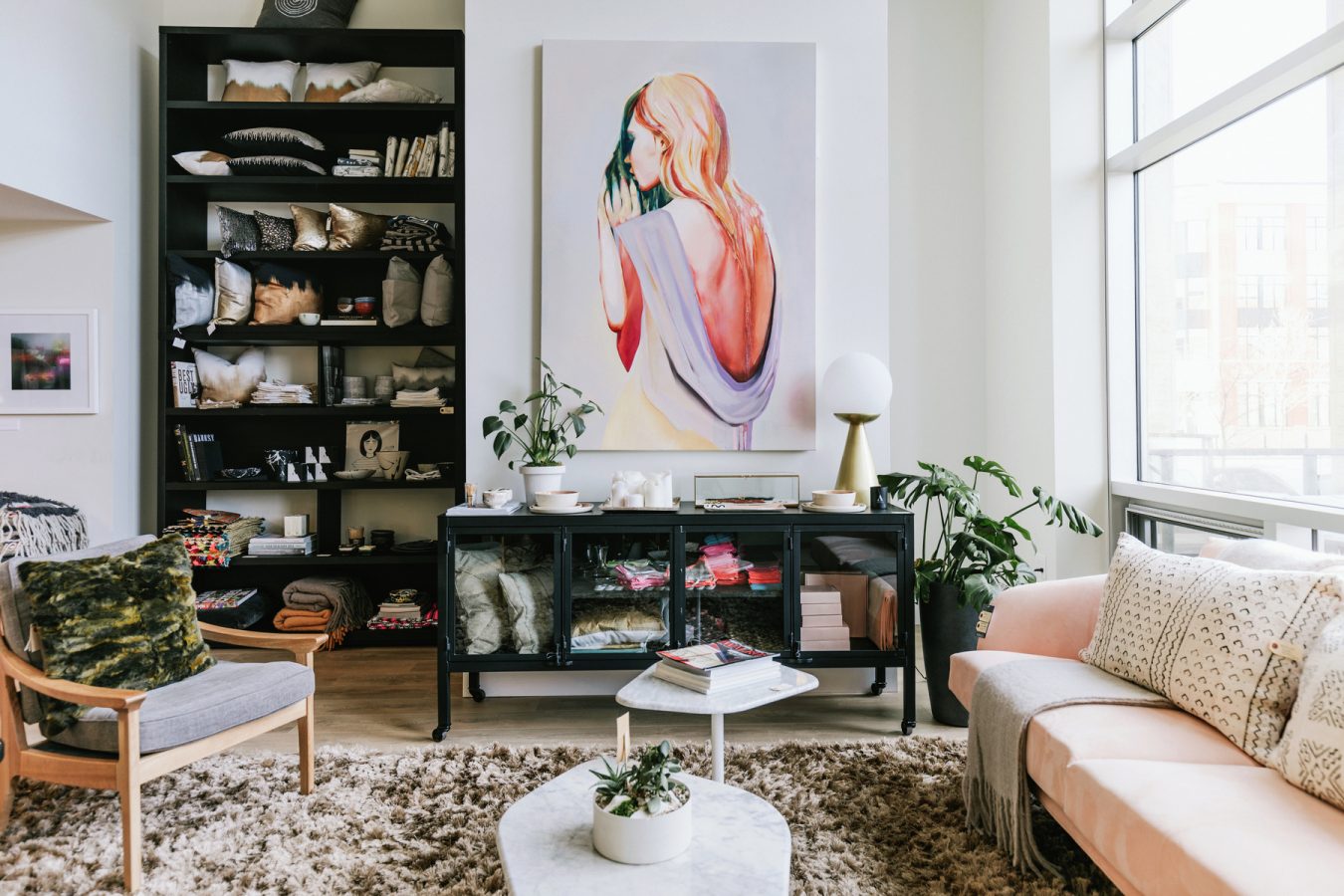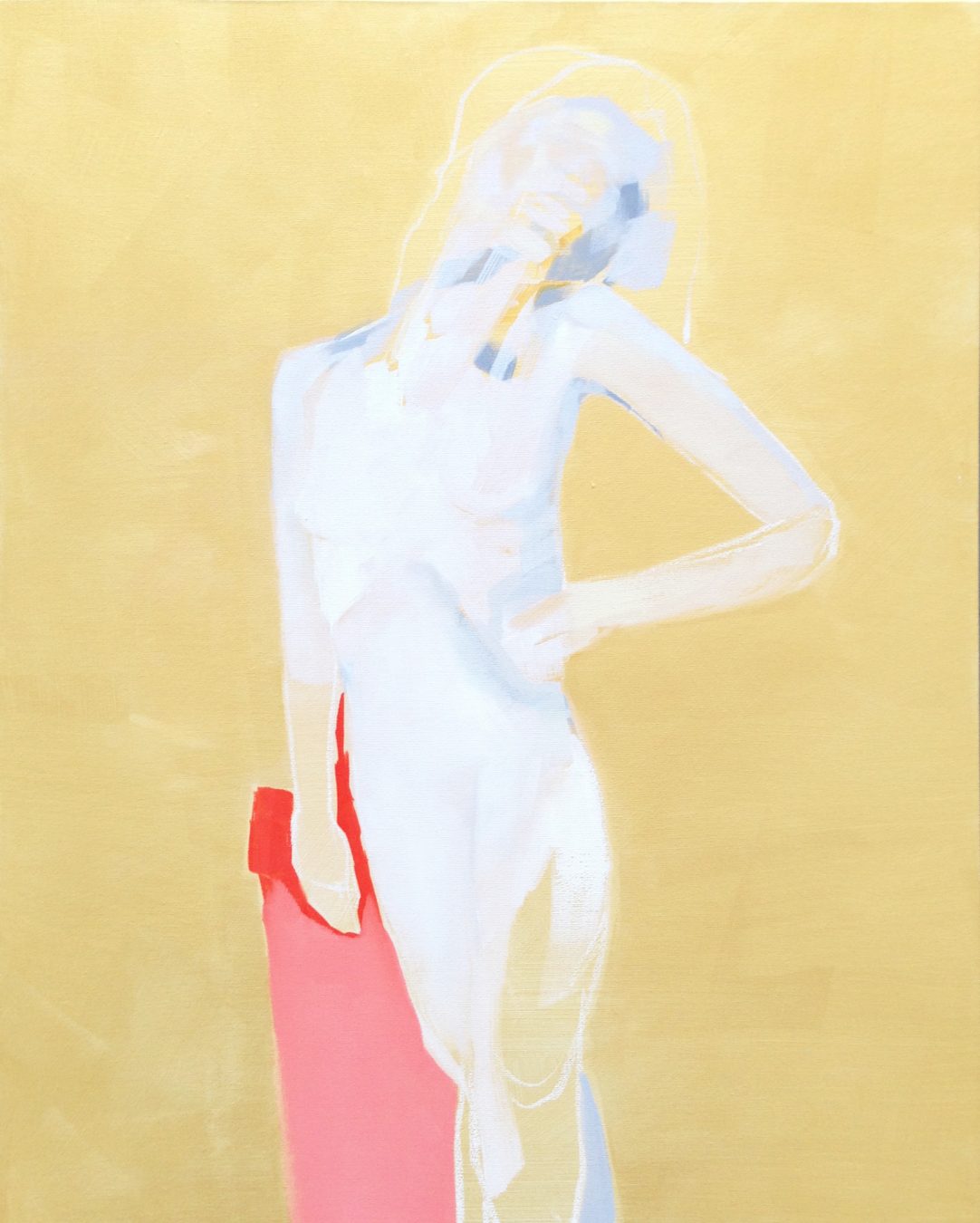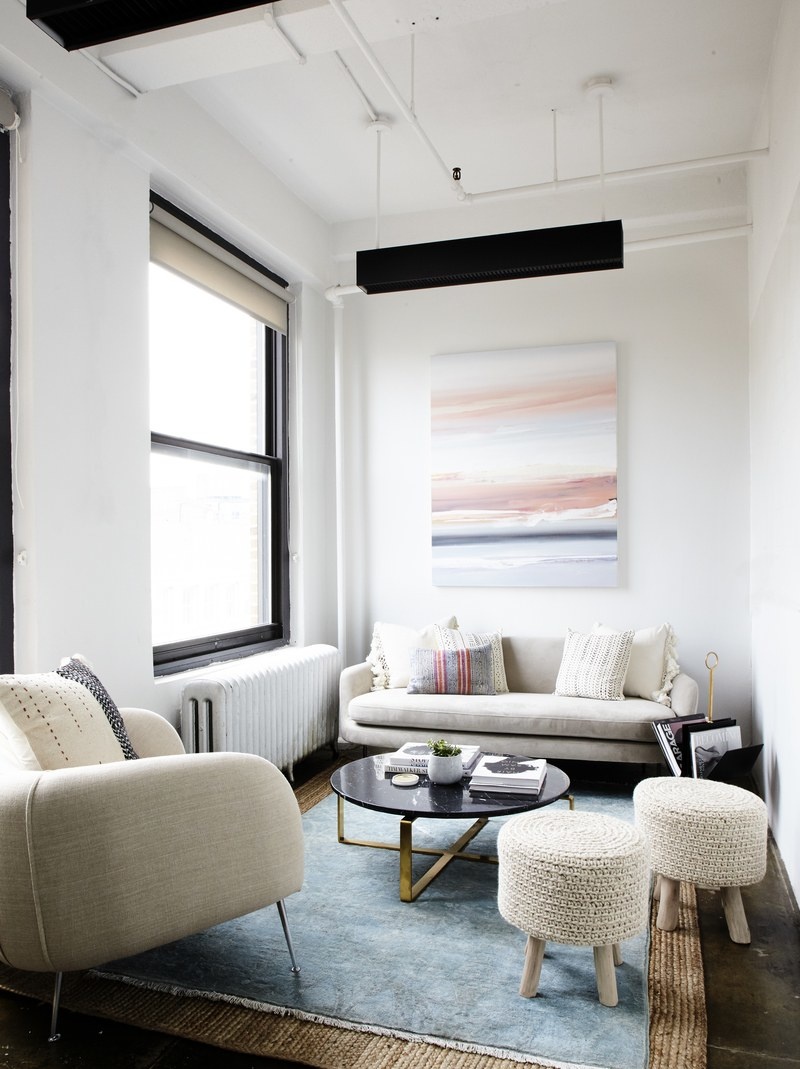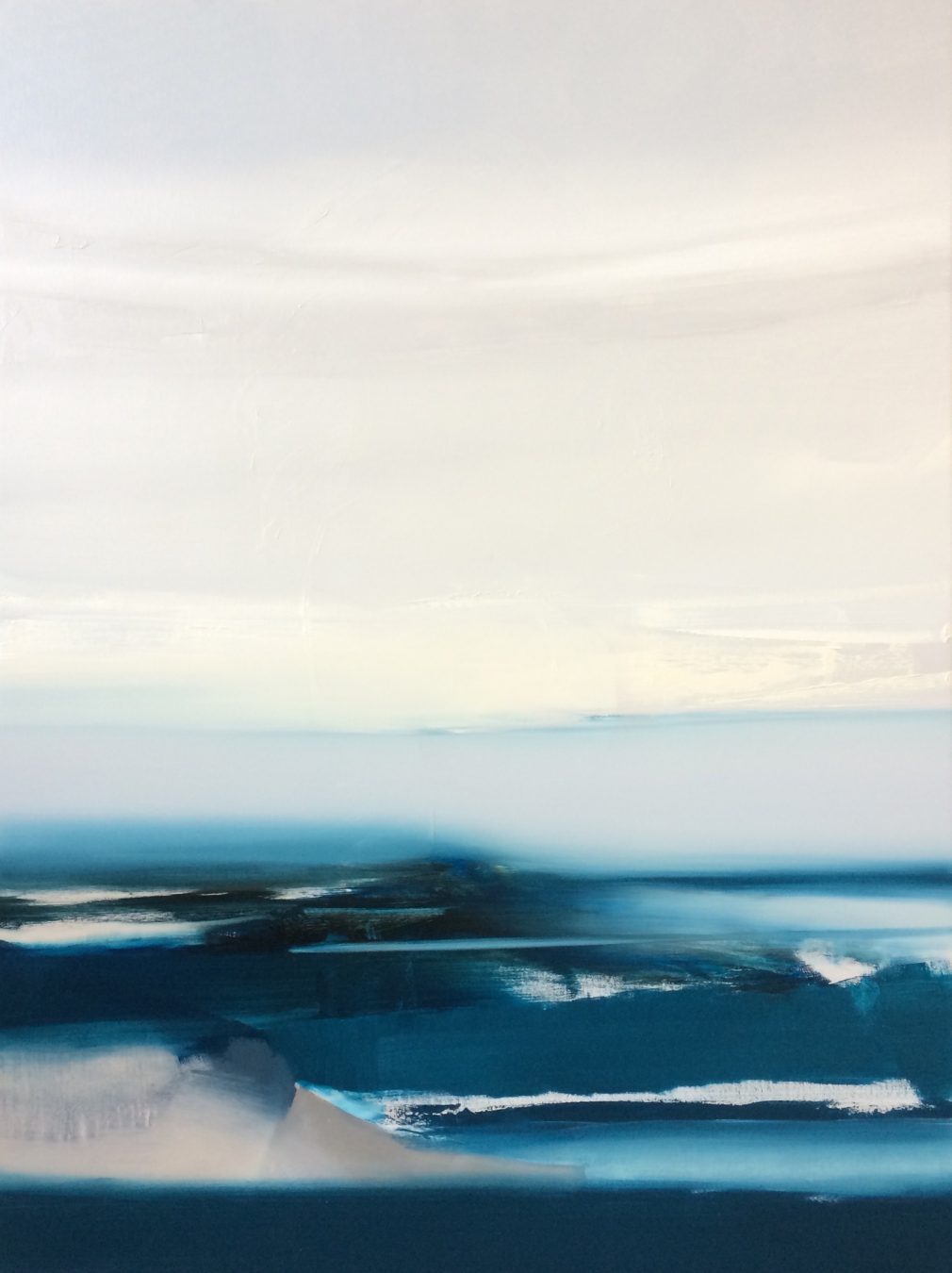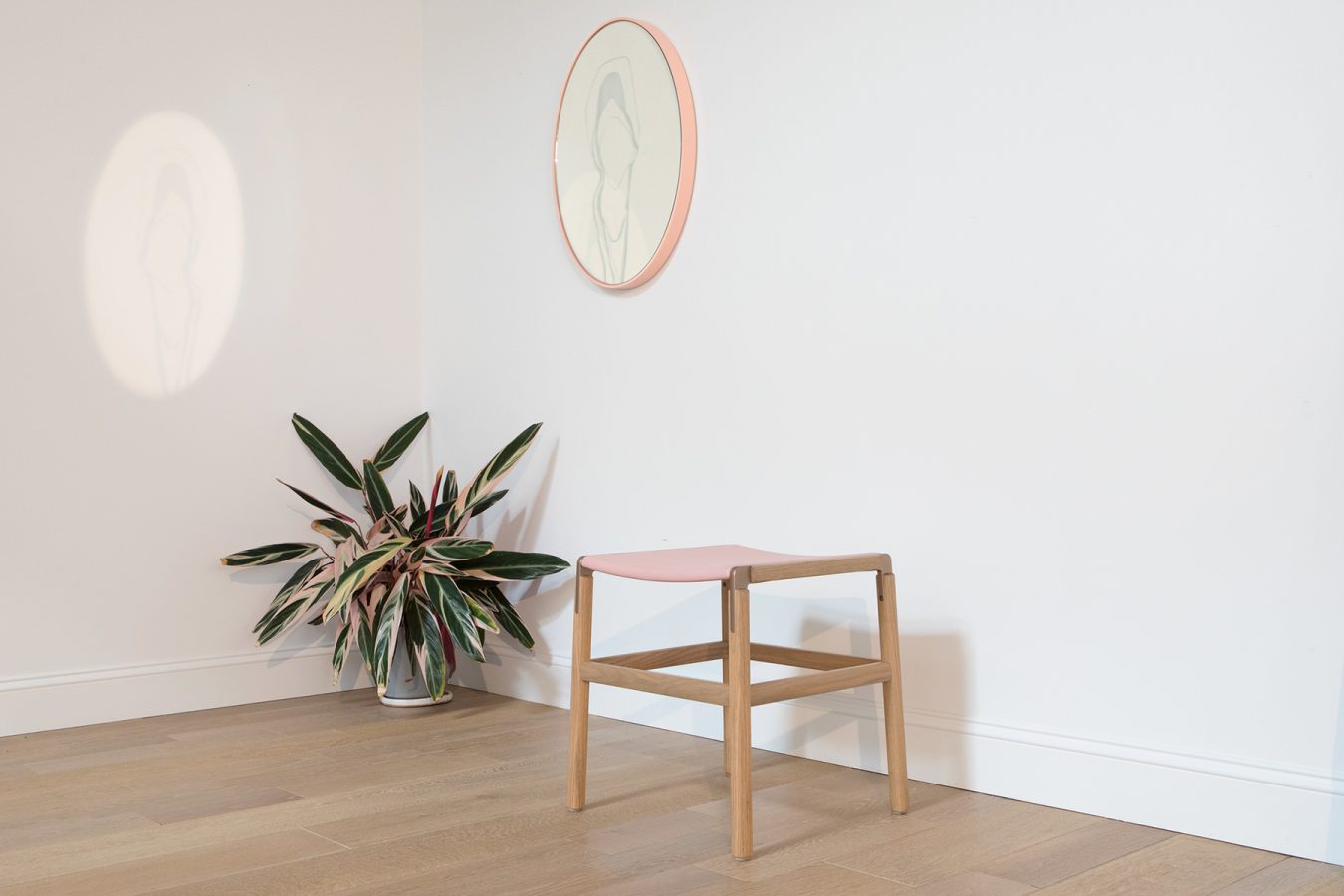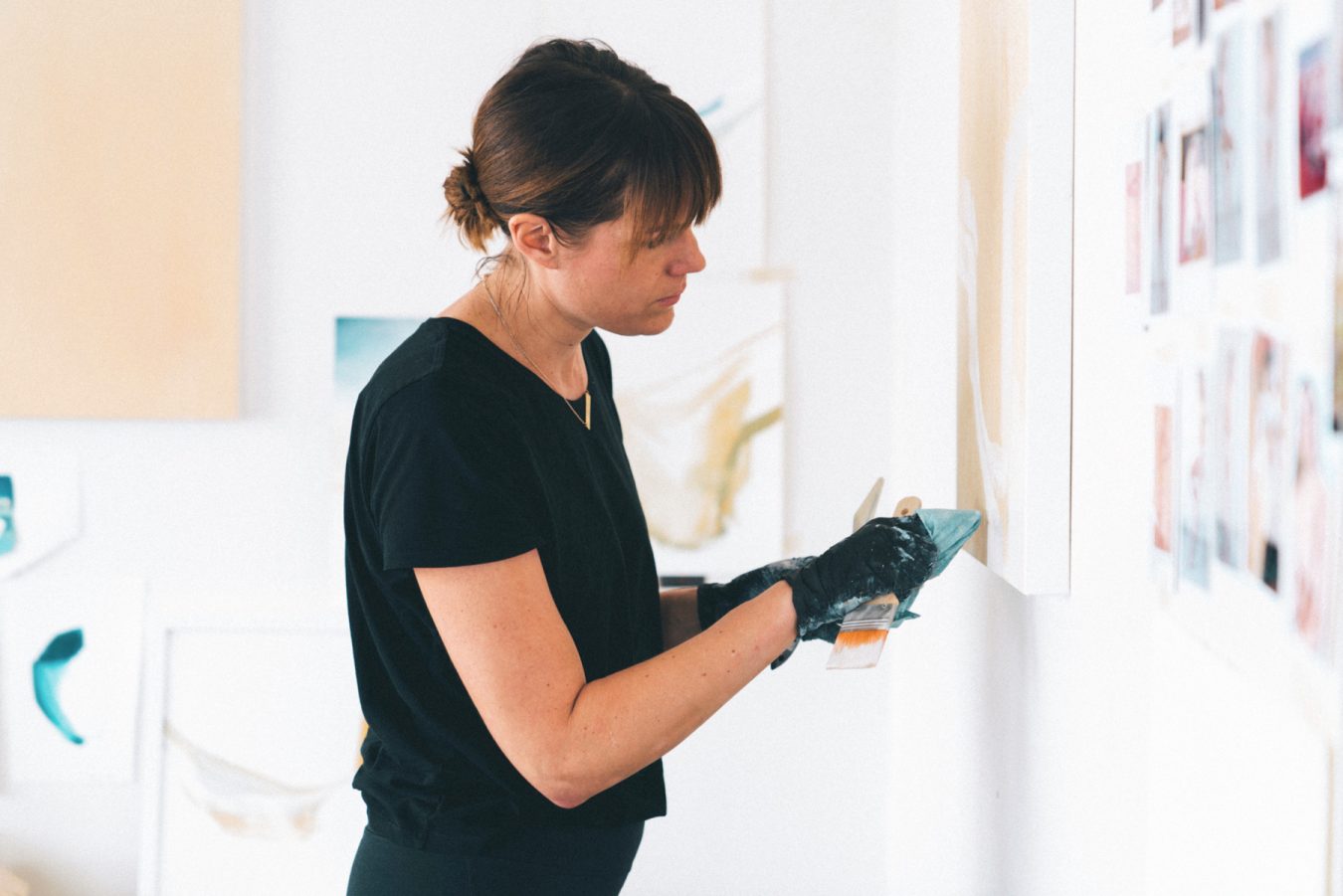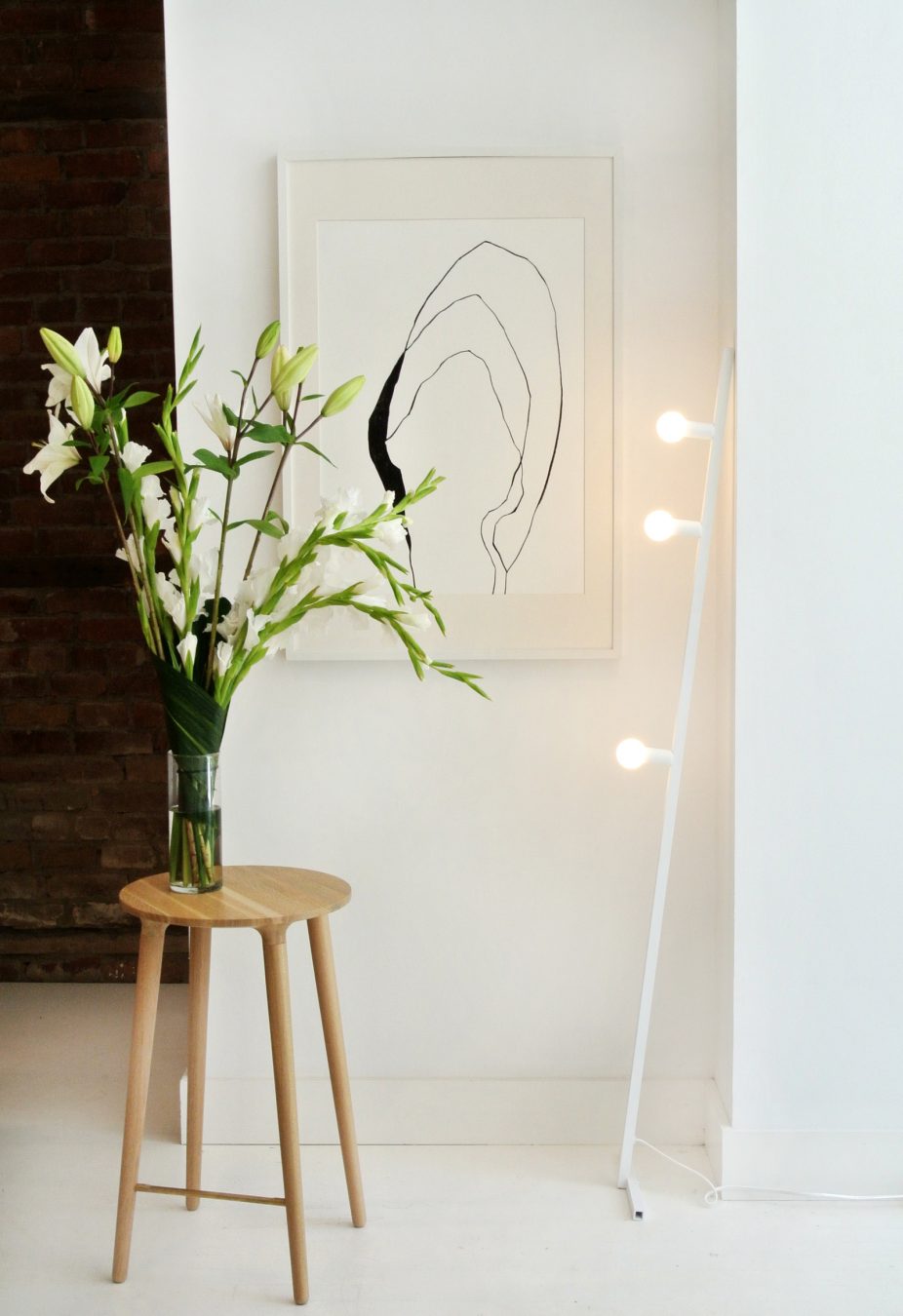It’s a sunny Monday morning in Montreal. Coffee is brewed. Female rap echoes through the airy, white-washed space. The stage is set: so begins the workday at the studio of Zoë Pawlak. Or, so used to begin the workday at the studio of Pawlak—mid-summer, the Canadian painter-turned-designer moved back to Vancouver after four years in Quebec.
Her artistic practice began long ago, and has taken her from Nova Scotia to Mexico. She first took up drawing before moving to figurative and then abstract painting; this versatility is owed to preparation. “I’m a strong believer in studying,” she says. “For a decade I was obsessed with going to figure drawing classes.” Lately, however, she has been dealing more in industrial design, from credenzas and rugs to hand-painted mirrors and bronze sculptures. Pawlak, whose extensive oeuvre is cohered by its carefully integrated colour palettes and its charming accessibility, moves gracefully through media in part because of her deep understanding of figure and colour.
This curiosity of form advises her paintings, as Pawlak has recently been exploring inanimate objects on the canvas—specifically vessels. “They ask, ‘Can we remain still and peaceful while maintaining our full potential?’” she explains. “‘How do we actualize all of our power while still being calm and quiet, without getting too small?’” The vessel also merges art with design, a spectrum that Pawlak deftly navigates. A new sculptural piece, revealed at the 2018 Interior Design Show Vancouver in September, was created in dialogue with the masculine connotations of statue, this time in bronze. The weight and unwieldiness of the material invite a softer juxtaposition—one that Pawlak interpreted through the body. “I thought, ‘Where’s the space for something tender,’” she says, “‘and organic, and still strong, and vulnerable, and powerful?’” A natural answer to the character of the metal was a delicate, abstracted figure study. From the first sketch, the cast took three years to be realized, but it was worth the wait: the final sculpture emulates a steadfast openness that mirrors its collaborative process of fabrication.
The theme of collaboration underlines much of Pawlak’s career. She works between painting and design, between sculpture and drawing; she balances both construct and concept, both alone and in partnership. This work-work equilibrium requires an acuity that can only be attained with care and perpetuated with clarity—at stake is an incoherent and dislocated practice. But when it comes to communicating, particularly in her mother tongue of painting, Pawlak is clear as a bell—both in terms of her visual idiom and the emotional experience she creates for her viewers. “What’s important is that the personal narrative translates, so that others understand where I’m coming from,” she says. “The goal is that people feel included, and that the work is made for them—that nothing is above them or unattainable.”
At the heart of the work, then, is an understanding of a shared humanity. Everyone wants to comprehend, to be involved, to love and give love back; Pawlak’s pieces interpolate observers with a powerful feeling of honesty and belonging. “I do think that painting is one of the highest forms of art. Not in a pretentious way, but just in that it flows from your body, mind, and soul through your hands. There’s an intimacy there that is felt,” she says. “I am just a conduit by which [the paintings] came. This is a gift that I was given.” It’s a gift that is also hers to share. Unlike at the circus, there is little precarity in Pawlak’s balancing act, but the lack of risk doesn’t jeopardize the splendour of her practice. In hindsight, her years in Montreal seem like time away—and moving back to Vancouver, to her networks and collectors in the city, feels like an important return.
Read more from the Arts.



